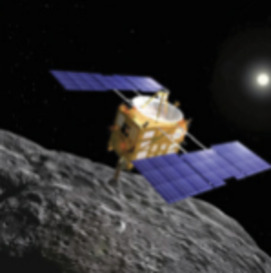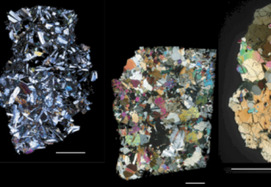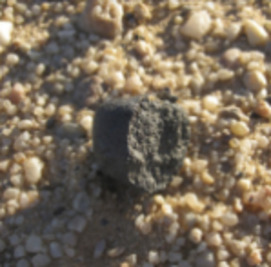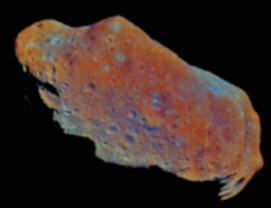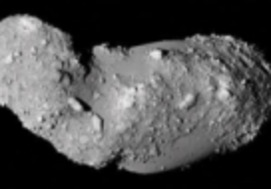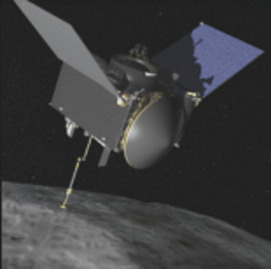Asteroid Itokawa A Source of Ordinary Chondrites and A Laboratory for Surface Processes
The Japanese spacecraft Hayabusa returned samples from the surface of an asteroid (near-Earth S-type asteroid 25143 Itokawa) for the first time in human history. This article describes the results of the initial analysis of the mineralogy, micropetrology, and elemental and isotopic compositions of regolith particles from Itokawa measuring 30–180 µm in diameter. The results show a direct link between ordinary chondrites and S-type asteroids. The regolith particles provide evidence of space-weathering rims and grain abrasion, and the information obtained has elucidated various processes on the airless surface of Itokawa, such as the impact of small objects, grain motion, and irradiation by solar wind.
Asteroid Itokawa A Source of Ordinary Chondrites and A Laboratory for Surface Processes Read More »


